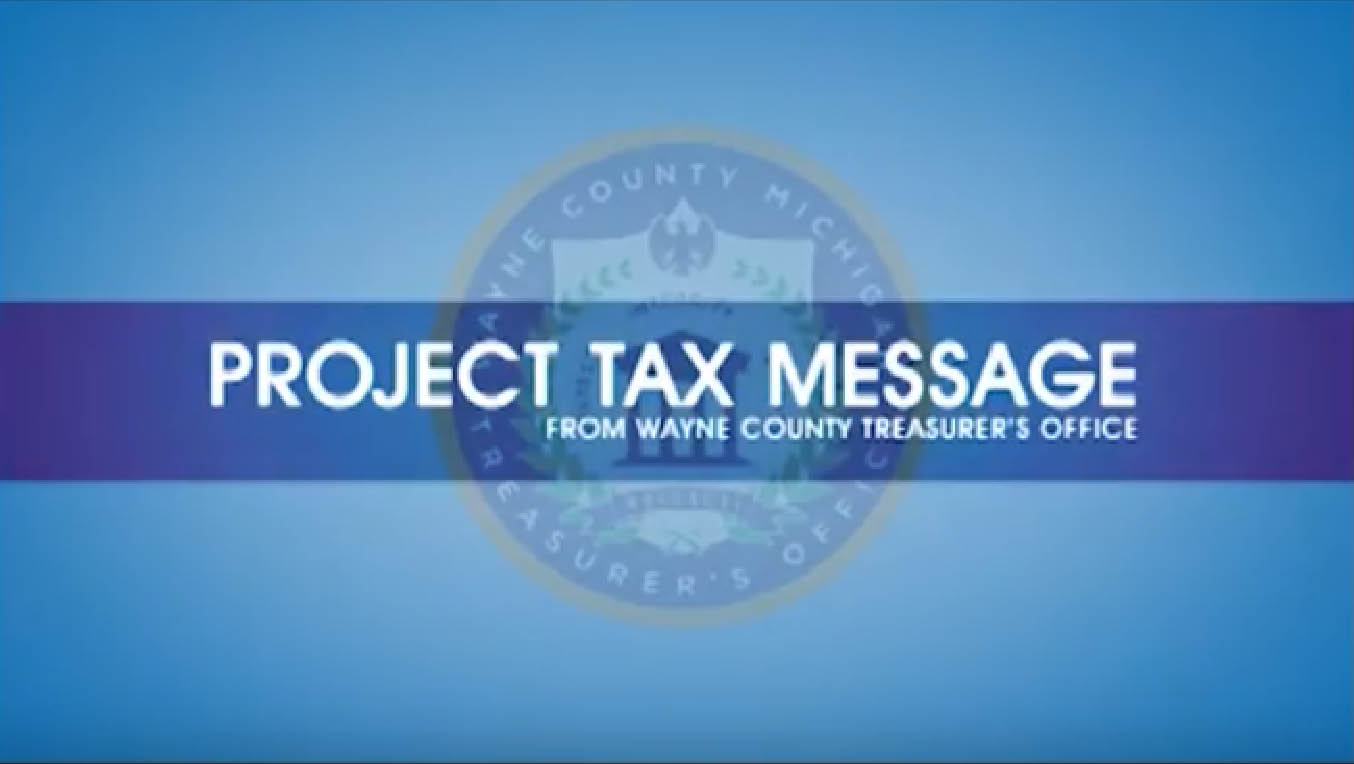
Wali Altahif*
State leaders should make funding for tobacco prevention and control a focus in Michigan. Studies show states that make adequate, sustained investments in their tobacco- control programs experience up to a 50-to-1 return on investment by reducing smoking rates resulting in reduced health care expenditures. This can be especially impactful to Michigan’s racial, ethnic and LGBT residents who are the most impacted by high tobacco use rates.
Tobacco use and secondhand smoke exposure kill more than 16,200 Michigan residents each year, and cost the state over $4.5 billion annually in smoking caused health costs. The national Centers for Disease Control and Prevention recommends Michigan spend $110 million on tobacco-control programming annually, yet the state spends only $1.6 million.
The Master Settlement Agreement, which settled the states’ lawsuits against the major cigarette companies, includes language that shows the MSA funds were intended to be used to prevent and reduce tobacco use, especially among youth. Michigan spends none of its MSA revenue on tobacco-control programming. In 2015, Michigan received $261.3 million in MSA dollars. If just a fraction of this – $3 million – was used to help provide culturally appropriate quit services, we could drive down smoking rates and keep our young people from becoming addicted.
The time has come for our elected leaders to take action and ensure that a portion of the MSA funds are spent on tobacco-control programming.
*Chair, the Michigan Multicultural Network













